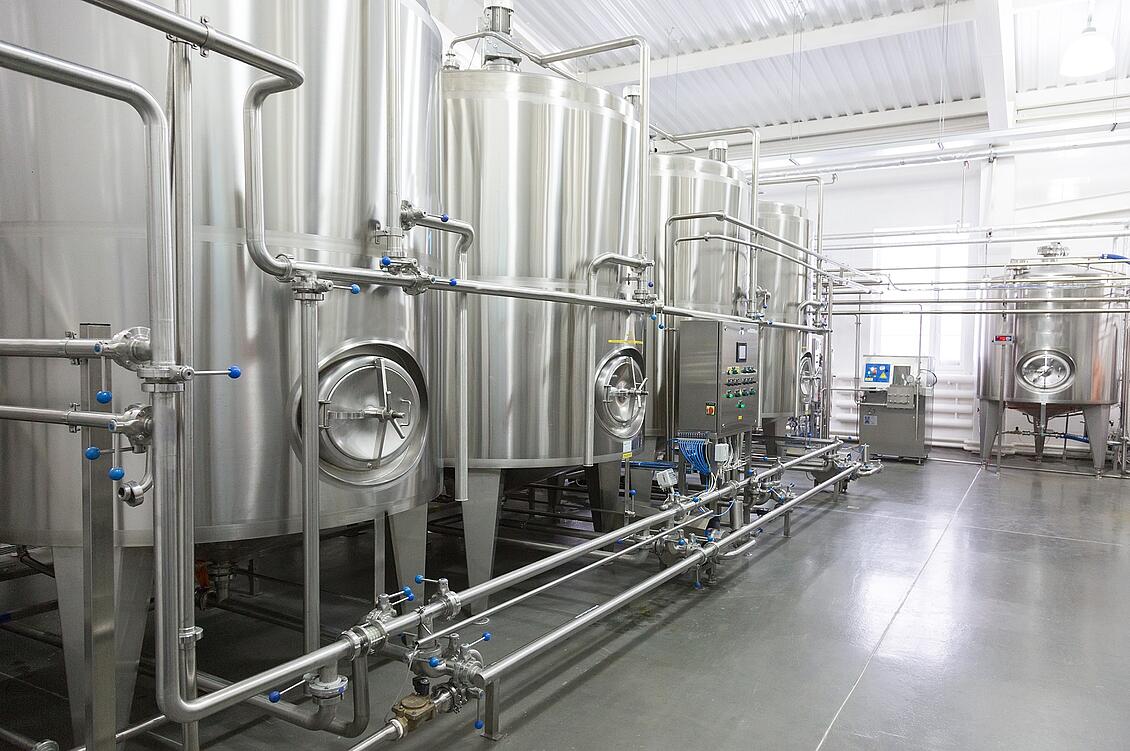
Food | Hygienic Production | Concentration Measurements of Ingredients
Food safety is an important global issue. Reliability in the quality of the end product and excellent hygiene during processing are of great importance in this field to exclude health risks to consumers.
In the production of food, but also of pharmaceutical products, reliable and precise monitoring of the production process is essential. For a compliant production in most cases there are even defined hygiene standards to be met. When processing milk, one of the best controlled foods in the world, compliance with the strict »3-A« hygiene standards is mandatory in the USA. The 3-A standards prevail worldwide as recognized regulations in diary production. The EHEDG guidelines applicable to the European market are based on the 3-A standard. The organizations are in close and continuous exchange.

quality control in food production
During the processing of food from the raw product to the finished end product, the composition of the respective preliminary products must be monitored at different measurement points in order to ensure the consistency of the concentration levels of various ingredients over the entire production process. This can be illustrated with the example of milk. In the production of dairy products, the components must be checked during the incoming inspection, separation and recombination.

milk production
The composition of raw milk changes depending on the season, region and even from animal to animal. It is therefore important to check the product when it is delivered. In the incoming goods inspection, NIR spectroscopy is used to assess raw milk with regard to the value-determining ingredients fat, protein and lactose.
To obtain the low-fat milk needed for further processing, skimming takes place. Here raw milk is separated into cream and skimmed milk. After the separation, these components are recombined in a certain ratio (depending on the end product) until the desired fat content is correctly set.
Recombined milk products are produced by mixing cream and non-fat milk components with water.
For a consistently good and safe product quality of food certain quality parameters must be precisely and reliably monitored in all phases of the production chain. This relates particularly to the milk processing industry since raw milk is a natural product and the amount of nutrients it contains is subject to natural fluctuations.
The measurement technology used in the manufacturing process must provide reproducible and very precise results to ensure immediate recognition of deviations. The measuring instruments must comply with strict hygienic requirements and must be designed in a way that contamination and cross-contamination are excluded. Some ingredients such as fats and proteins are also relatively expensive and should therefore be used in a targeted manner for a cost-optimized production.
A more detailed description on how this application was realized using online measurement technology can be found in our detailed application report, which you can download from the info column at the top of the page.
